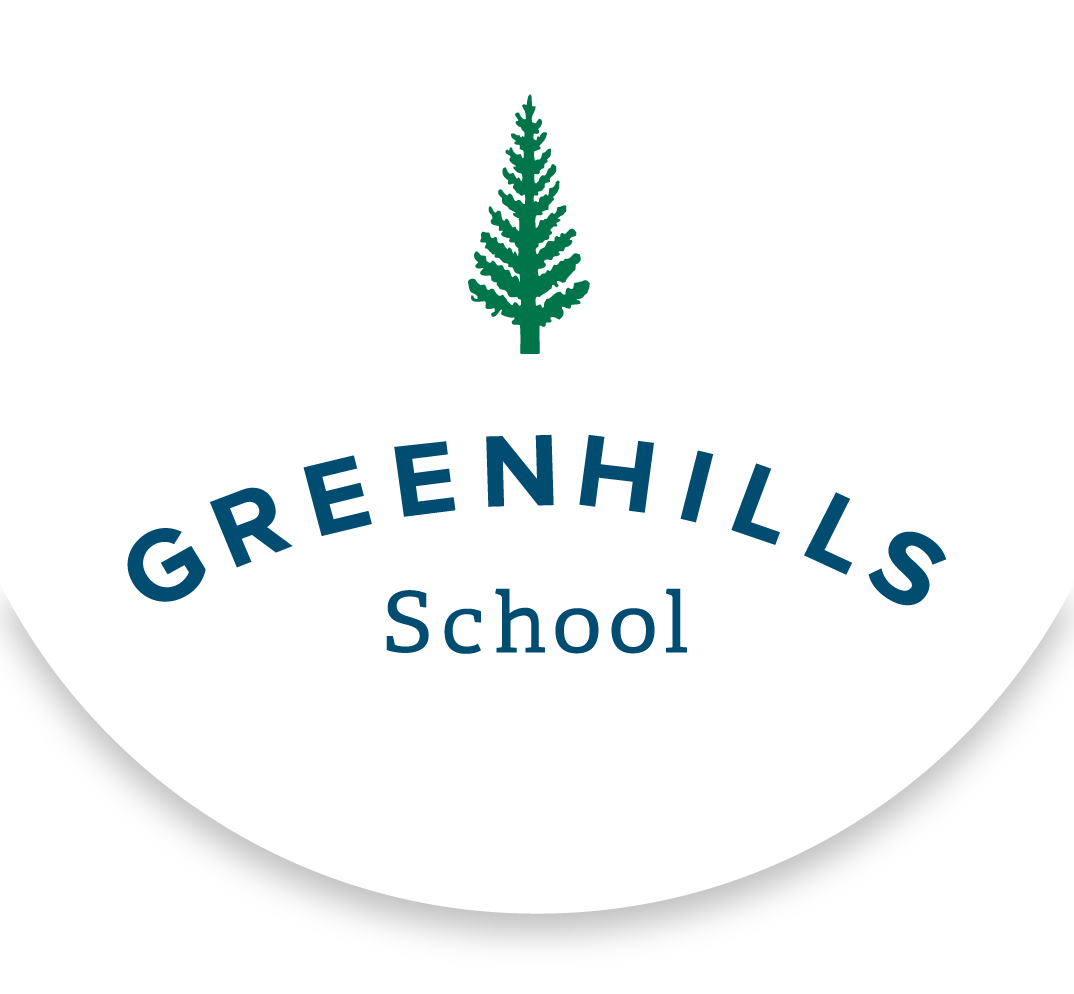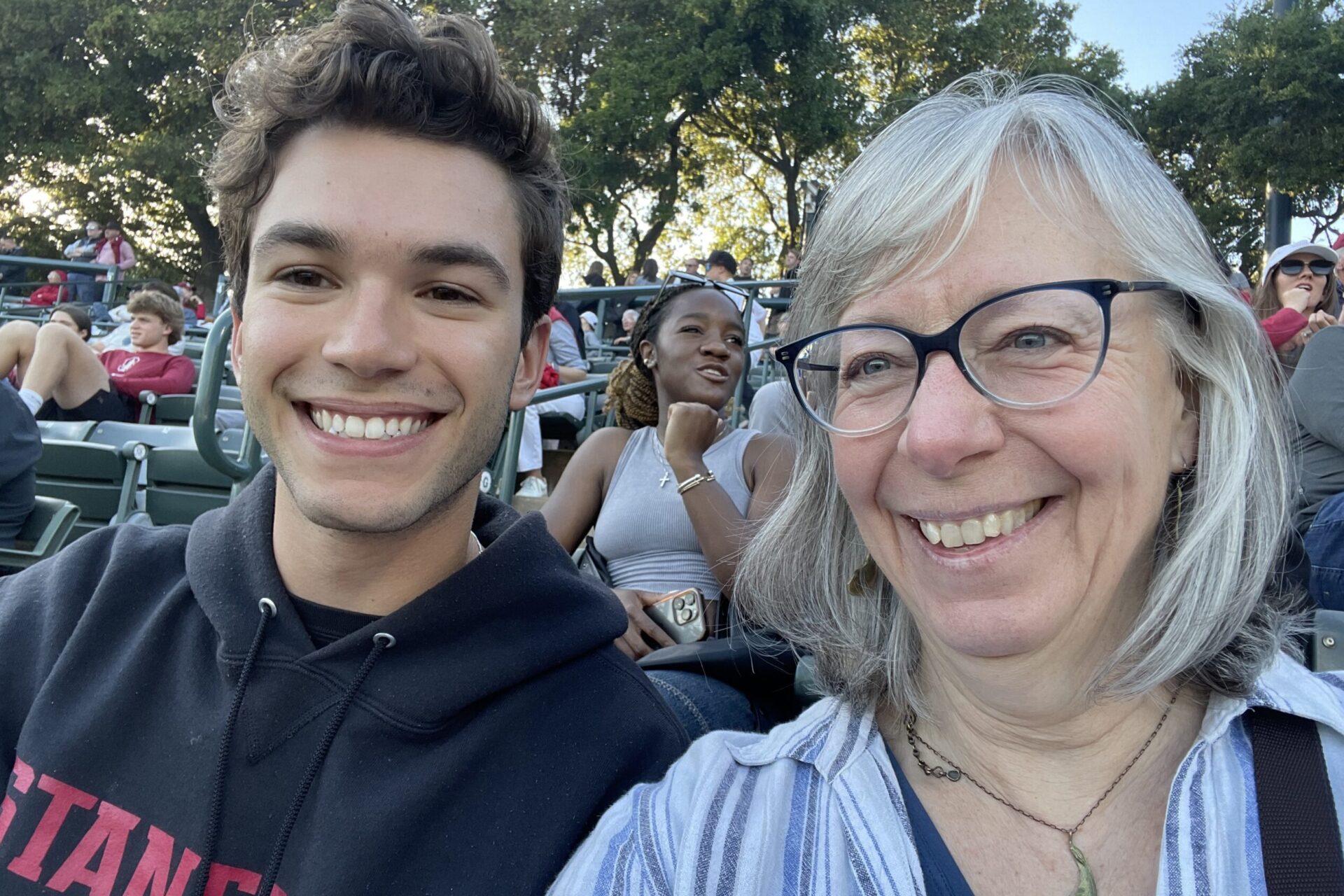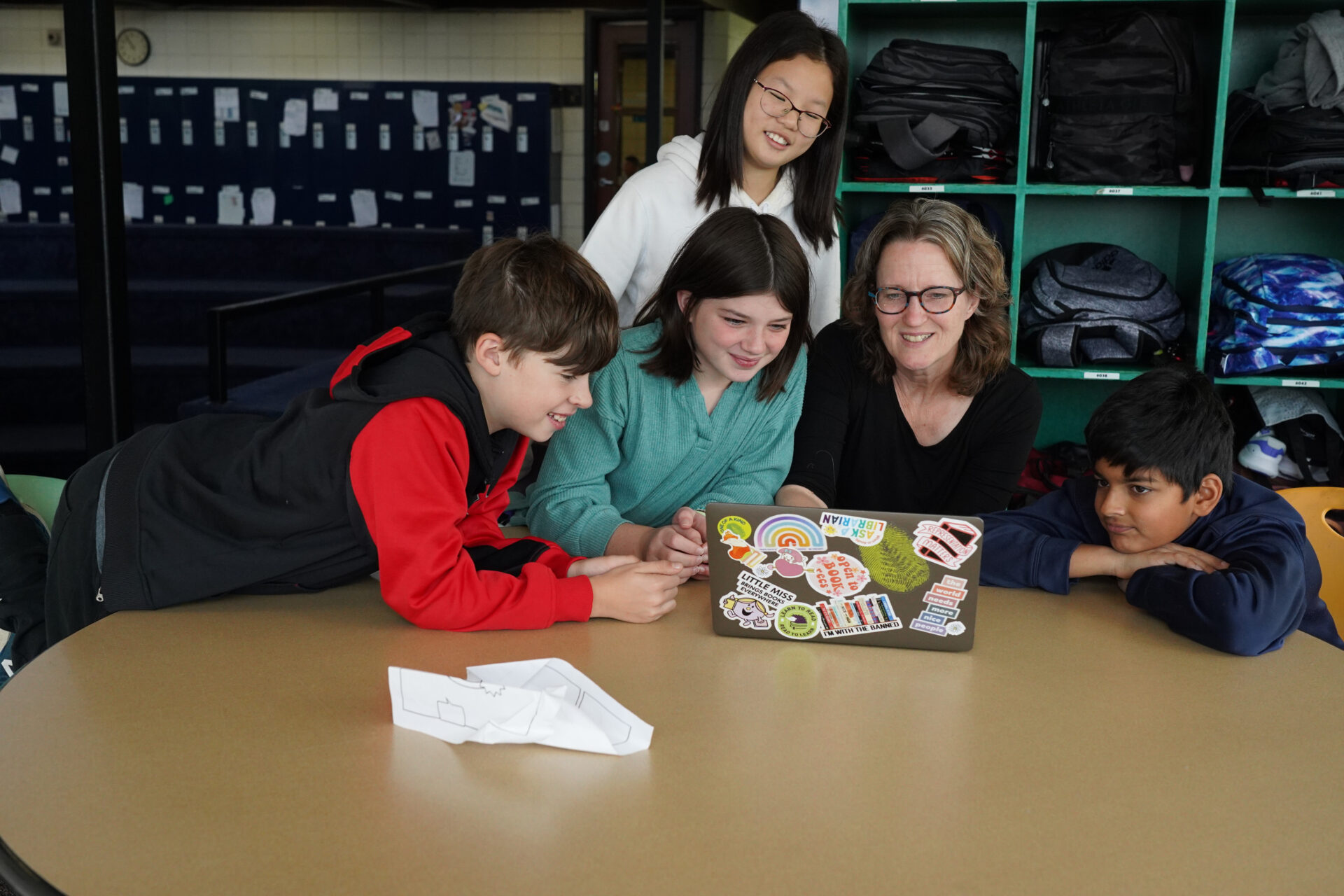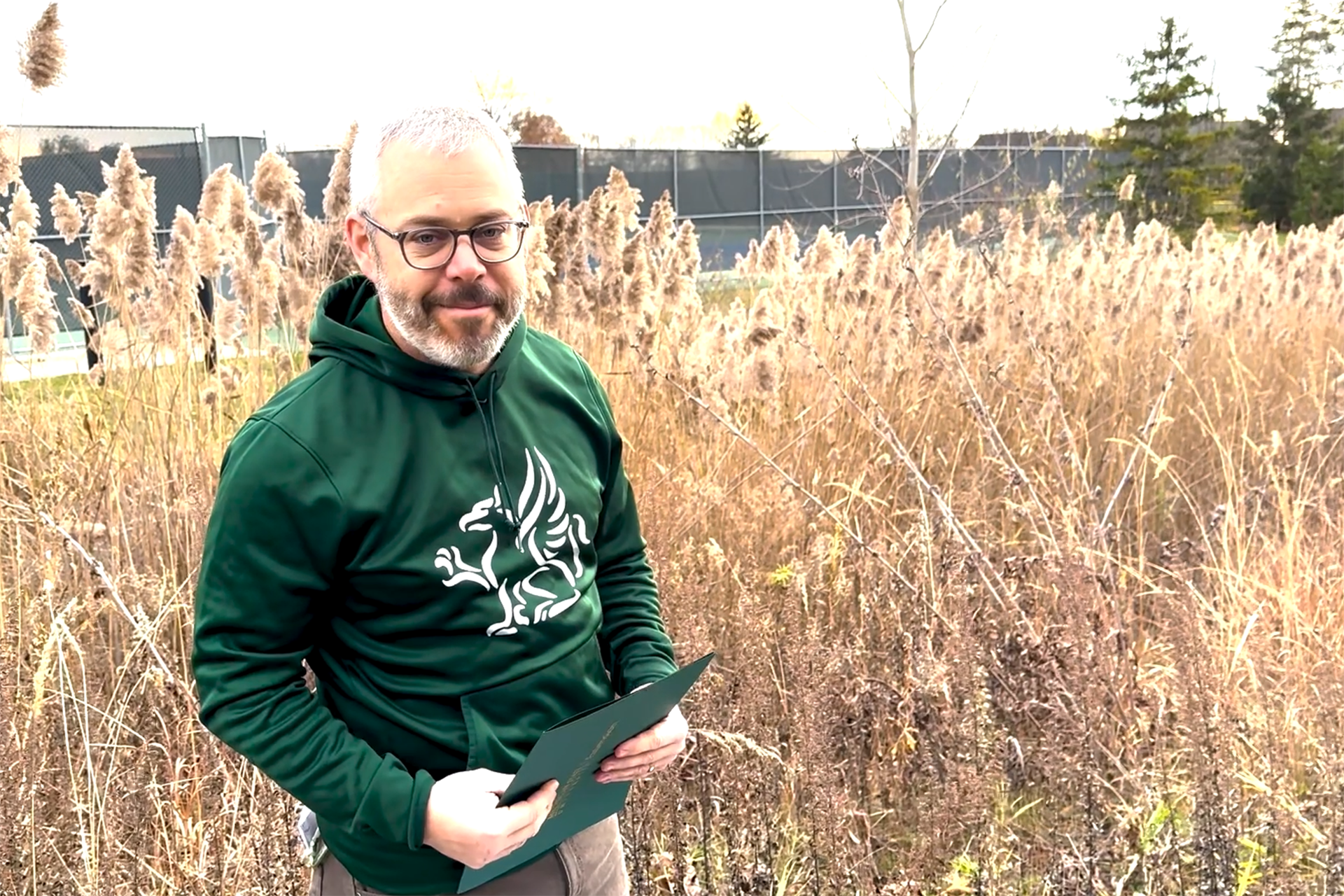AP Calculus: What Happens after the Test?
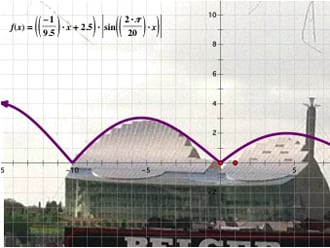
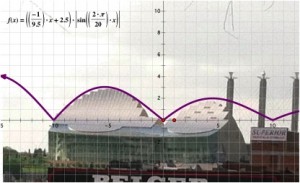
The Kauffman Center for the Performing Arts, adjacent to the Kansas City Convention Center — where the AP Calculus Read is held — reminds every calculus student and teacher of Riemann Sums.
For 14 of the past 17 years, I have spent a week during June living in an alternate reality: I grade AP Calculus tests. There were about 850 readers this year, including approximately 100 newbies (we call them “acorns”), table leaders, question and exam leaders, and one Chief Reader. Half of us come from secondary schools and half from colleges, community colleges and universities.
We come to Kansas City, Missouri from all over the world. The average reader evaluates three different problems over the course of the week, and has been attending the Read for six years. We are taught how to read and apply the standard, which is called the “Roadmap for Partial Credit,” during a session called “The Briefing.” Each reader is assigned, with a “Table Partner,” to a “Room,” which is really just a cluster of tables. Four rooms make up a “Pod,” and blue curtains separate the Pods.
It’s quiet except for the sound of chairs squeaking on the concrete floor of the convention center’s Exhibit Hall, and the hum of 900 calculus teachers quietly counting up points. We work from 8 a.m. to 5 p.m., with an hour for lunch and two 15-minute breaks. This year the Read happened during Greenhills’ finals, so after work on two evenings I graded exams to be sure that my grades were ready by the June 17 deadline.
The question I am most often asked about the Read is, “Why would anybody want to spend eight hours a day grading the same problem over and again?” It can get tedious; the arithmetic works out to about 500 problems per day/ per reader, with two days spent on each problem. But during the course of the week I see every possible approach to the solution of the problem, including some that are creative and new. I see what mistakes are common, and end the week with a real sense of what it’s reasonable to expect a student in high school to be able to do.
My group of Friends-at-the-Read includes three college teachers and high school teachers from public and private, rural, suburban and urban schools in Connecticut, Colorado, Maryland, Mississippi, Virginia, and Arizona, as well as teachers from Singapore, Kenya, and Germany. For a week every year we hang out, talk about our families and what the past year has brought, and catch up in general; by now I’ve known some of these folks for 15 years or more, and they are friends.
But we also talk, intensely at times, about mathematics, curriculum, learning and pedagogy. We talk about what works; we get current on the things we have tried in our classrooms; we exchange information (for the second year in a row I have a list of three folks who want me to send them our geometry project about Euclid’s Elements, and I’m looking forward to reviewing a colleague’s new college level pre-calculus book.)
We hear presentations from the College Board about developments in their tests and the rationale of some of the items, we go to museums and Royals games together, all the while talking substantively about this nuance on that problem or how to help our students write more elegantly as they “Explain the meaning of [your] answer in the context of the problem.”
The College Board pays us, of course, but the chance to speak to other calculus teachers really is (to quote the commercial) … priceless!
— Math Department Chair Ruth Miller
